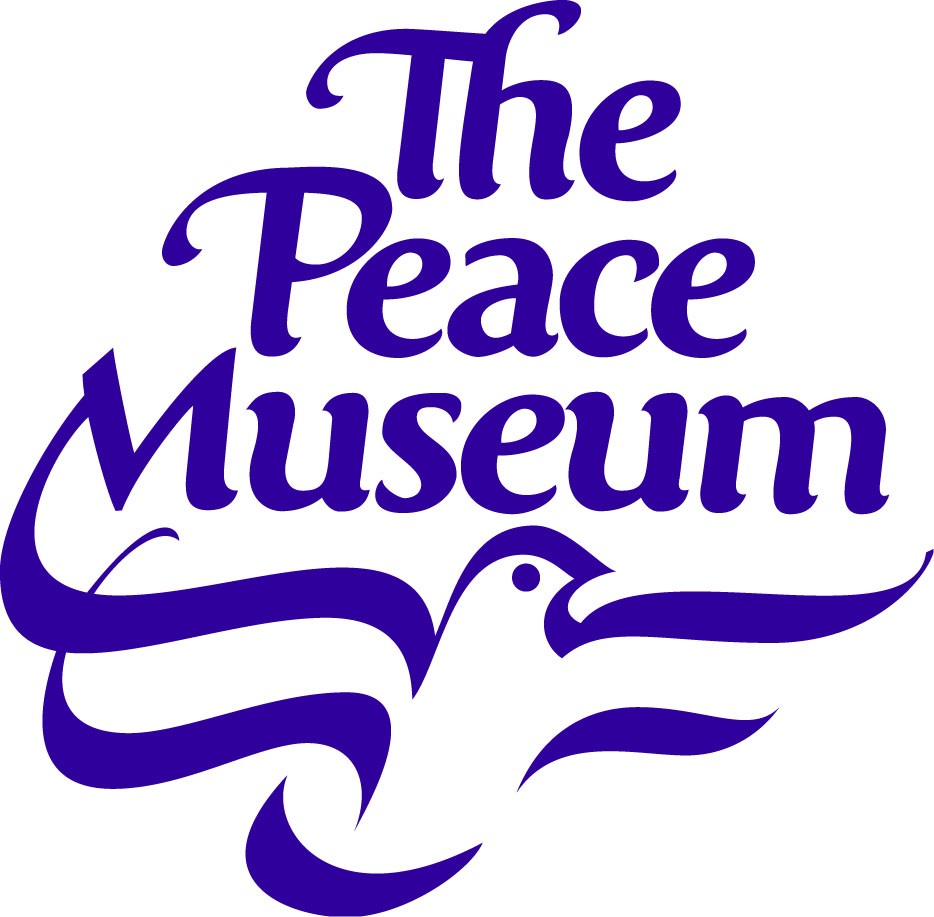
www.myspace.com/chicagobluesguide Your Complete Guide to the Chicago Blues Scene
 www.myspace.com/chicagobluesguide Your Complete Guide to the Chicago Blues Scene |
|
ABOUT THE GUIDE ●clubs ●bands ●radio shows ●record labels ● EVENTS NEWS FEATURES REVIEWS ●Live Shows PHOTOS CONTACT  |
TRAVIS
“MOONCHILD” HADDIX
Daylight At
Midnight
Earwig CD
4955
By Tim Holek
Cleveland, Ohio is not known as a blues
epicenter. After all, the city is home to the Rock and Roll Hall of
Fame. Thanks to a feature in
Living Blues and an
appearance at the Pocono Blues Festival, Travis Haddix is putting
Cleveland on the blues map. Haddix has already recorded more than a
dozen albums and has written songs for Artie “Blues Boy” White, Lee Shot
Williams, Michael Burks, Charles Wilson, Jimmy Dawkins, and Son Seals.
Perhaps the timing wasn’t right.
Daylight At Midnight came
out in the same year that also had new releases by Buddy Guy and B.B.
King. Those releases and their companies’ marketing budgets may have
overshadowed and out-muscled the smaller artists and labels.
Most of the ten original songs on the
40-minute disc are short and straight to the point. On all of them,
Haddix commands his band like respected soul crooners Bobby Rush and
Otis Clay. Haddix describes the inspiration behind the title track. “I
wrote that song about a town in the northern part of Finland. When I was
on tour there, it stayed daylight mostly all the time.” The unleashed
piano and harp captures you immediately on
Word A Lie. Here, Haddix’s
growl-like vocals sound like a friendly bear and the backing horns sound
as large as a bruin. The Moonchild’s baritone voice sounds like what you
would have created had you’d been able to combine the vocal cords of
Albert Collins with Louie Armstrong. The most memorable horn arrangement
appears on Who Could I Be?
Here Haddix croons, but the repetitive and polished song lacks an
element of improvisation. Haddix funks up and jazzes up a traditional
blues using jubilant horns that simply groovify
Way Back In The Country.
Backward Baby is a sweet slow
blues that has an arrangement that’s similar to the Allman Brothers’
version of Stormy Monday. The
guitar solos flow over you like a stream on
Nine Behind, which contains
some elements of rock ‘n’ roll. Disco funk is added to the mix on
What To Do.
Good Buddy Blues sounds like
it was recorded live because the band just cooks.
“I am the best that I can be,” says Haddix, “and since no one
else can be me, there’s none better.” This CD may not offer a ton of new
life to the genre, but it proves blues can be traditional while having
elements of soul injected into it. The end result is a contemporary
sounding album that is a very satisfying listen.
### |
|
|